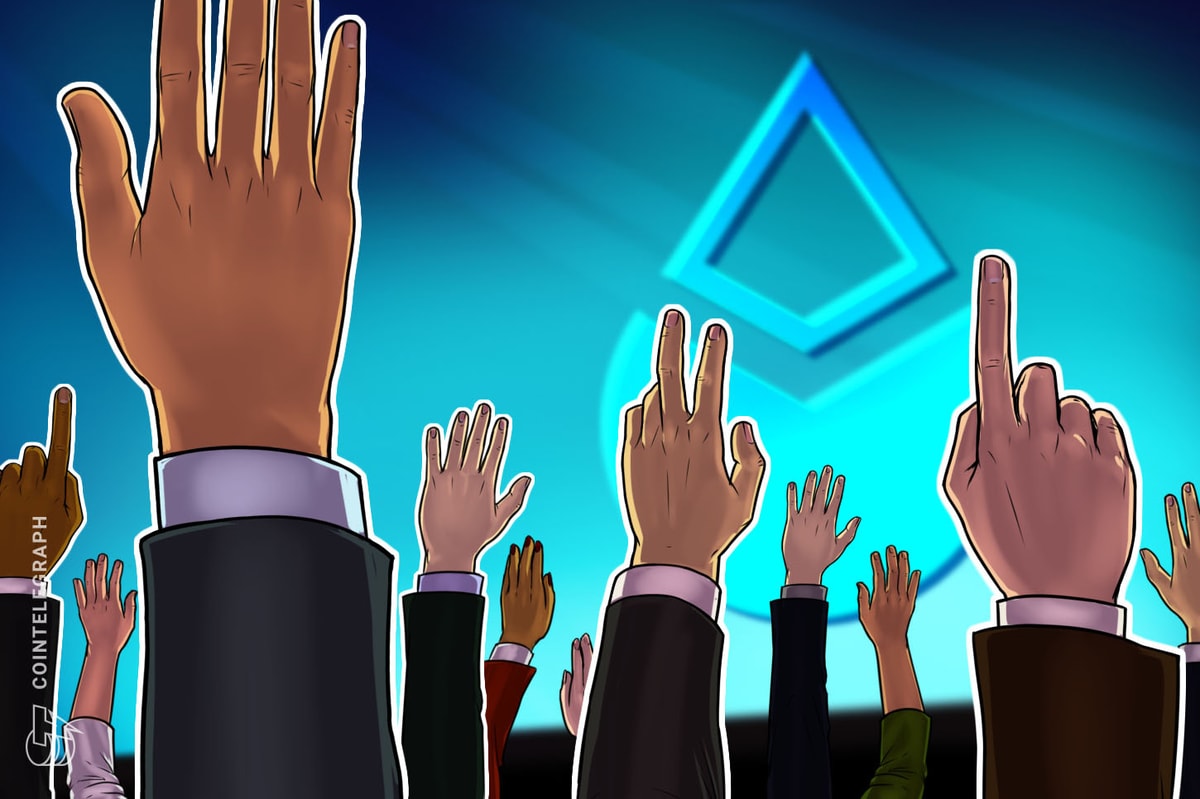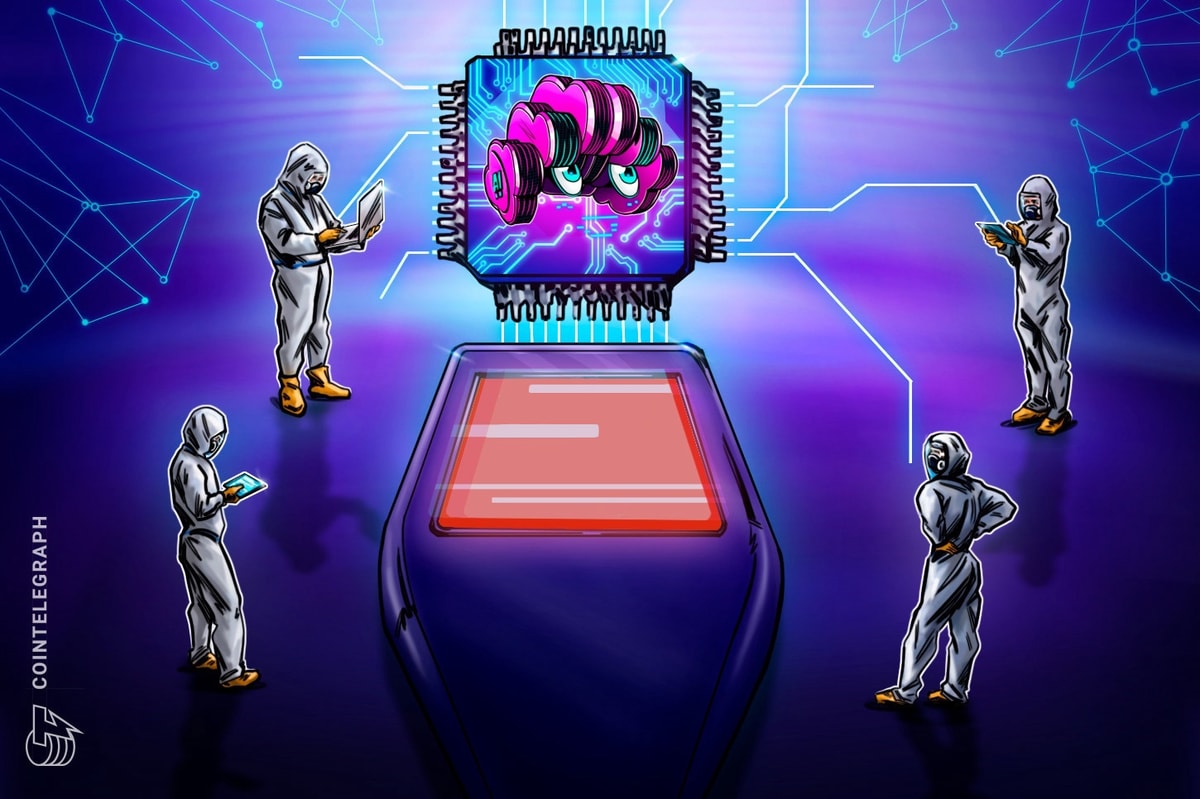While non-fungible tokens (NFT) may have solidified their position within crypto, Web3 professionals believe that barriers prevent broader asset class adoption.
Web3 executives believe that the lack of new narratives, the reputation problem of the broader Web3 space and the complicated user experience are hindering further mass adoption of NFTs.
Cointelegraph approached professionals working in the space to ask what they think hinders NFTs from broader adoption and what the space could do to overcome these barriers.
Lack of innovation and fresh narratives
Dave Catudal, the co-founder of the social monetization platform Lyvely, believes that the space needs new narratives and more innovation. “I think the main issue with reluctant adopters is lack of innovation and fresh narrative in the space,” Catudal explained.
Catudal added that the market does not have a “tech problem” but has a PR problem. Catudal explained:
“Bloated hype, scams and threat of bad actors almost snuffed out the industry the first time, and developers will need to reinvent NFTs for its original worth in creating trackable and tradeable digital assets.”
Tyler Adams, CEO and co-founder of Web3 company COZ, expressed a similar sentiment. However, Adams believes that the reputation of the broader Web3 space affects the NFT space too.
“The main barrier is the reputation of everything that involves the Web3 world. Unfortunately, the actions of a few end up affecting the image of the community as a whole,” Adams added.
Complicated and intimidating for non-technical users
James Toledano, chief operating officer at Web3 wallet Savl, believes that one of the main barriers to NFT adoption is the complicated process of creating, buying and managing NFTs. The executive believes that this can be intimidating for non-technical users.
“It is crucial that we simplify these processes,” Toledano added.
Gabriele Giancola, the co-founder and CEO of Qiibee, which helps businesses tokenize loyalty programs, also believes that NFTs bring technical complexities and hype-driven perceptions. The executive believes that the space needs to demonstrate the tangible benefits of NFTs by emphasizing their practical applications.
Related: NFTs poised for comeback despite sales drop say execs
Reclaiming the term NFT
Dr. Alun Evans, co-founder of the Polkadot parachain LAOS Network, expressed the need to “reclaim the term NFT.” Evans said that the term is currently mostly associated with digital collectibles. The executive explained:
“While that is one use case, there are many more, from tradable items in games and virtual worlds to tokenization of real-world assets, to ticketing, certification and more.”
Meanwhile, Justin Banon, founder of the decentralized infrastructure network Fermion Protocol, believes that the space is already overcoming barriers like demand, difficult user experience and market understanding.
According to Banon, NFTs’ demand problem will be solved by the next bull cycle, while the difficult user experience issue has already improved significantly. Meanwhile, the executive believes that as Web3 tech continues to go mainstream, the market will start to understand NFTs more.
Magazine: Trauma bonding through crypto rubble puts the Lads on top: Tristan Yver, NFT Creator











